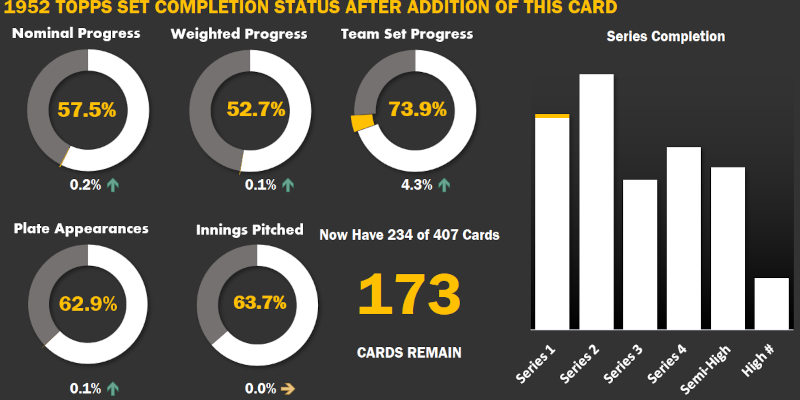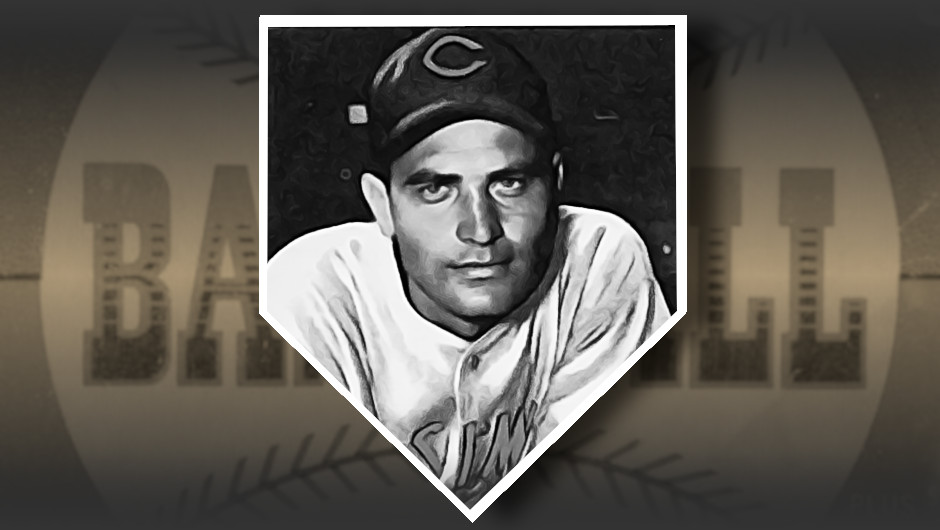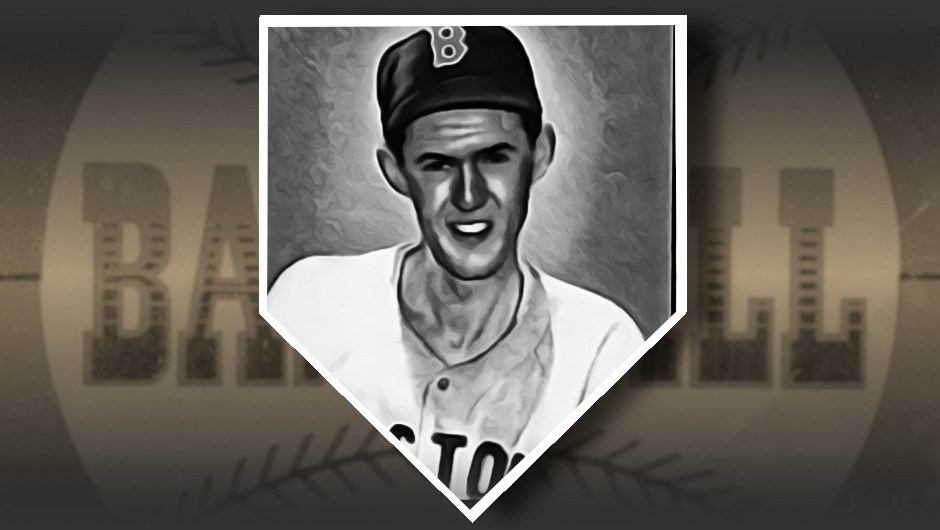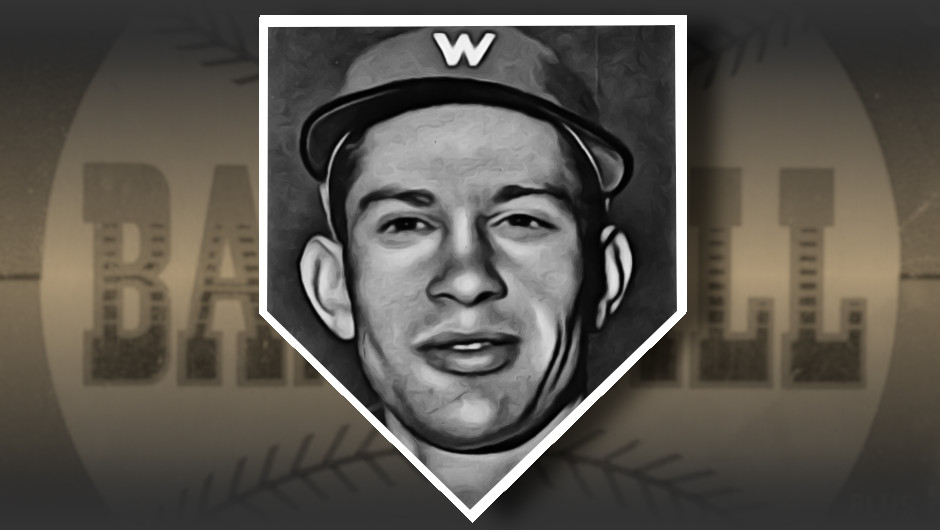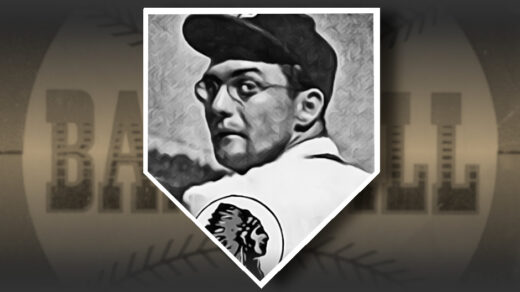Trades between teams involving a star player can be complicated. They are easy when the exchange involves sending one star over for another. Difficulty increases when the skill equation is more uneven. Not only do general managers need to ensure adequate compensation for the loss of talent, they must contend with limitations on the size of their overall roster and the sport’s ever present constraint of fielding no more than 9 players at a time.
The GM “winning” a trade that brings over a star player must also work within these parameters. Note only must he send away enough players to convince the other team to accept the transaction, the GM needs to reshuffle his roster to accommodate the often unbalanced quantity of players received in return. The solution is usually to throw in a few superfluous names as ballast, clearing out capacity for payroll matters and handing off contracts that are not working out as intended.
Tom Upton was nominally a shortstop, but could just as easily answered to the role of “trade ballast.” He debuted in 1950 with the St. Louis Browns where he put up a .227 batting average over two seasons. The Chicago White Sox made a move to obtain Browns catcher Sherm Lollar following the 1951 season, eventually bundling five players to acquire a backstop that would anchor the team for the next decade. Those pesky roster constraints were at play in a 5-for-1 transaction, prompting St. Louis to throw in the contracts of Upton and a pitcher with a career .300 winning percentage.
Upton didn’t stay long. His contract was moved to the Washington Senators in a separate trade completed just hours later. His term in Washington closed after just 7 plate appearances and a negative wRC+ rating. That was good enough to tempt the defending 3x champion Yankees.
Joe DiMaggio’s retirement was the talk of the ’51-52 offseason. His departure left a gaping hole in center field. The team had an error-prone rookie Mickey Mantle in right field and the thought of moving him over to center was not seen as wise by observers of the era. New York cast their eyes towards Washington, trading four players for the Senators’ Irv Noren. Noren was the centerpiece of the trade, with two seasons of experience and garnering MVP votes in each. Coming to New York with the new outfielder to balance the rosters was Tom Upton.
Upton never boarded the train north, instead heading west with a direct assignment to the Yankees’ farm team in Kansas City. It was a bit of a homecoming as the Yankees had been the organization to initially sign him to a pro contract in 1944. This proved to be the end of his career as the Yankees already had an extensive development file on hand from his first stint.
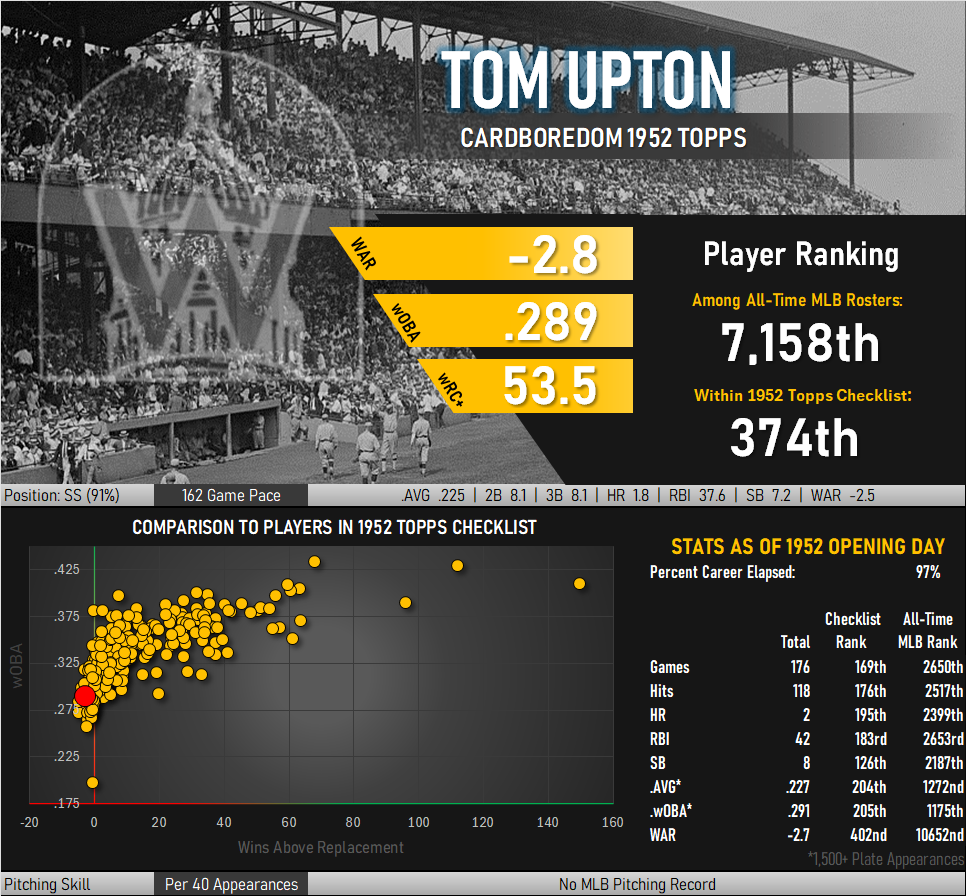
Upton appears in a painted Washington cap in the 1952 Topps set, his lone playing days appearance on a baseball card. The card reports him to be 6’0″ tall with a playing weight of 155 pounds. Ironically nicknamed “Muscles” in the clubhouse, Upton has the dubious honor of carrying the lowest BMI of any person appearing in the checklist.
That flurry of trade activity led Topps to make a grammatical error in the biographical text on the back of the card. The card states “…the Browns traded his to the White Sox who sent him to the Senators.”
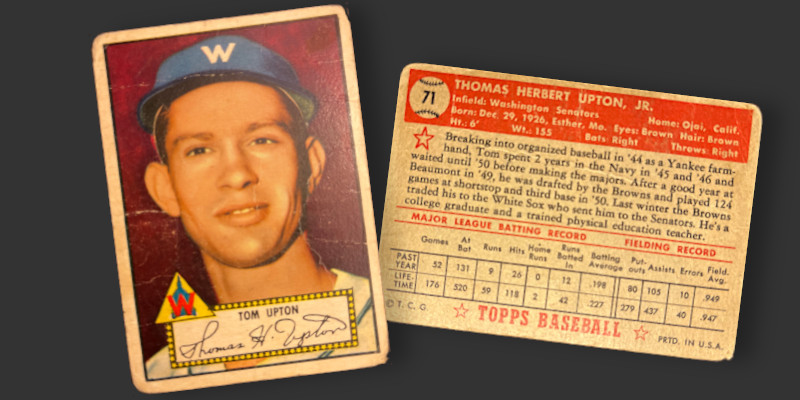
An interesting aspect of this card is the coloring applied to the background. Close inspection reveals the backdrop to be washed in a dark purple, a color rarely appearing in the set.
